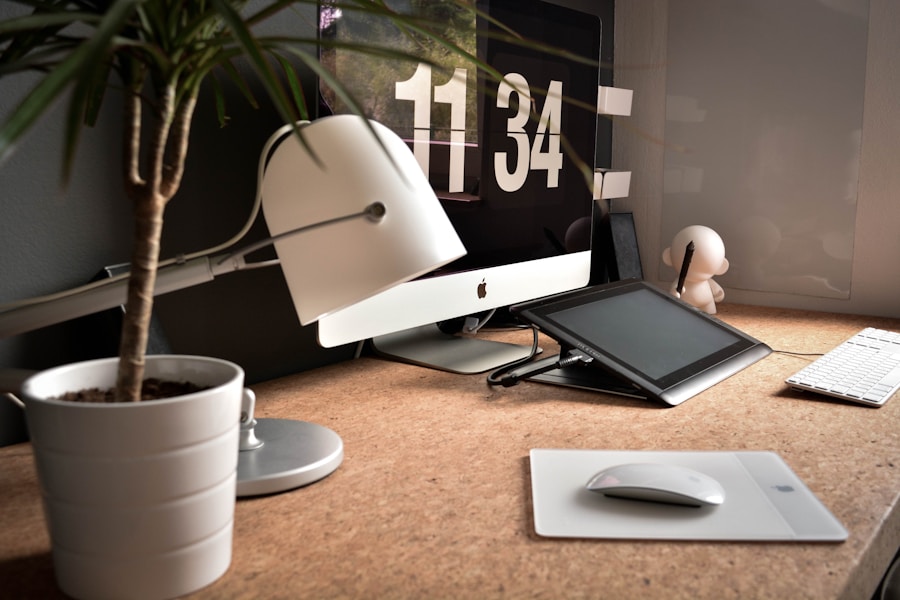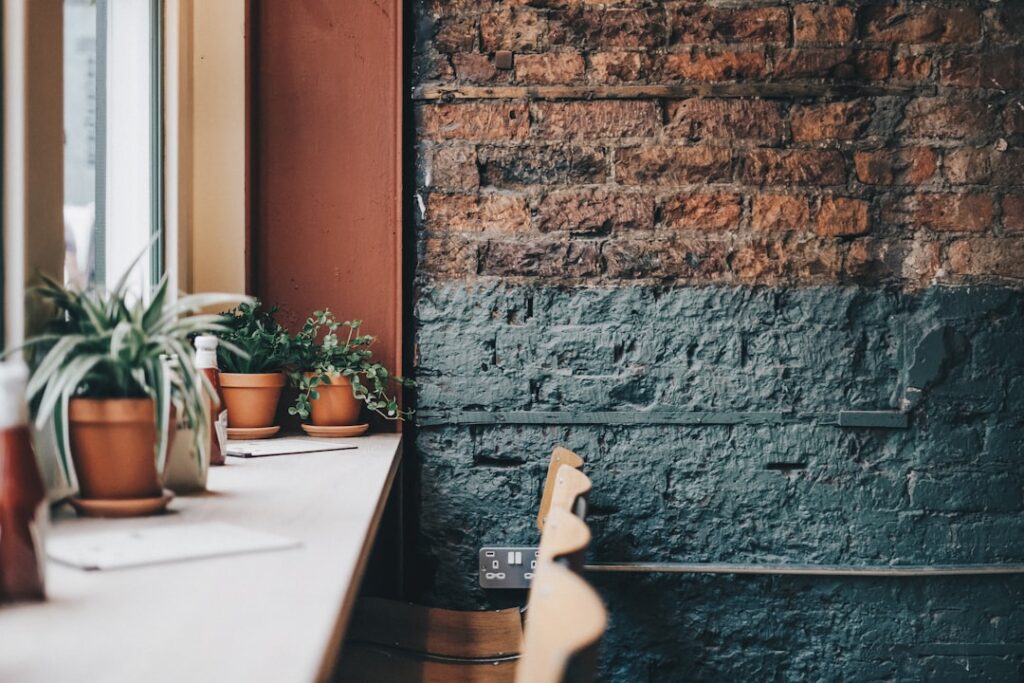In recent years, the concept of flexible workspaces has gained significant traction, reshaping the traditional office environment. This shift is largely driven by the evolving needs of businesses and employees alike, who are increasingly seeking adaptable solutions that cater to a variety of work styles. Flexible workspaces encompass a range of configurations, from open-plan offices to co-working spaces, and even remote work setups.
The rise of the gig economy and the increasing prevalence of freelance work have further accelerated this trend, as companies look for ways to accommodate a diverse workforce that may not require a permanent desk. The benefits of flexible workspaces extend beyond mere convenience. They foster a culture of collaboration and innovation, allowing employees to interact in dynamic environments that can be tailored to specific tasks.
For instance, a company might design its office to include various zones—quiet areas for focused work, collaborative spaces for brainstorming sessions, and social hubs for informal interactions. This versatility not only enhances productivity but also contributes to employee satisfaction, as individuals can choose the environment that best suits their current needs. As organizations continue to embrace this model, the traditional notion of a fixed office space is being redefined, paving the way for a more fluid approach to work.
Key Takeaways
- Flexible workspaces are on the rise, allowing for a more adaptable and dynamic work environment.
- Incorporating nature and biophilic design elements can improve employee well-being and productivity in the office.
- Technology plays a crucial role in modern office designs, enabling connectivity and flexibility for employees.
- Collaborative spaces are essential for fostering teamwork and creativity within the workplace.
- Prioritizing employee well-being and health is a key consideration in office design, leading to a more positive and productive work environment.
Incorporating Nature and Biophilic Design
The Benefits of Nature in the Workplace
Research has shown that exposure to nature can reduce stress levels, enhance mood, and even improve cognitive function. By incorporating natural elements, such as plants, companies can create atmospheres that promote relaxation and creativity.
Practical Applications of Biophilic Design
One practical application of biophilic design is the use of living walls or vertical gardens within office spaces. These installations not only serve as aesthetic focal points but also improve air quality and provide acoustic benefits. Additionally, large windows that allow ample natural light can help reduce reliance on artificial lighting, creating a more inviting atmosphere.
Companies Leading the Way
Companies like Amazon have taken this concept to heart with their Spheres in Seattle, which house thousands of plants and trees, providing employees with a unique space to work and unwind amidst nature. Such designs not only enhance the physical environment but also reflect a company’s commitment to employee well-being.
The Role of Technology in Modern Office Designs

Technology plays an integral role in shaping modern office designs, influencing everything from layout to functionality. The advent of smart office solutions has transformed how spaces are utilized, allowing for greater efficiency and adaptability. For instance, the implementation of IoT (Internet of Things) devices enables real-time monitoring of office conditions such as temperature, lighting, and occupancy levels.
This data-driven approach allows companies to optimize their environments based on actual usage patterns, ensuring that resources are allocated effectively. Moreover, technology facilitates seamless communication and collaboration among team members, regardless of their physical location. Tools such as video conferencing systems and collaborative software platforms have become staples in contemporary office design, enabling teams to connect effortlessly across distances.
The design of meeting rooms has evolved to accommodate these technologies, with features like integrated screens and sound systems becoming standard. Companies like WeWork have embraced this trend by equipping their co-working spaces with advanced technology that supports both in-person and remote collaboration, reflecting the changing dynamics of the modern workforce.
Creating Collaborative Spaces for Teamwork
The importance of collaboration in the workplace cannot be overstated, and modern office designs are increasingly focused on fostering teamwork through dedicated collaborative spaces. These areas are designed to encourage interaction among employees, breaking down silos and promoting a culture of innovation. Open-plan layouts have become popular for this reason; they facilitate spontaneous conversations and idea-sharing among colleagues.
However, it is essential to strike a balance between open spaces and areas that allow for privacy when needed. In addition to open layouts, companies are incorporating various types of collaborative spaces tailored to different activities. For example, informal lounges equipped with comfortable seating can serve as casual meeting spots for brainstorming sessions or team discussions.
On the other hand, more structured meeting rooms with whiteboards and technology can support focused group work. Organizations like Google have set a benchmark in this area by designing their offices with diverse collaborative environments that cater to various team dynamics and project needs. By prioritizing collaboration in office design, companies can harness the collective intelligence of their workforce and drive innovation.
Prioritizing Employee Well-being and Health
As awareness of mental health and well-being continues to grow, organizations are increasingly prioritizing these aspects in their office designs. A healthy workplace goes beyond ergonomic furniture; it encompasses a holistic approach that considers physical, mental, and emotional well-being. Features such as access to natural light, quiet zones for relaxation or meditation, and fitness facilities contribute significantly to creating an environment where employees can thrive.
Moreover, companies are recognizing the importance of promoting work-life balance through thoughtful design choices. For instance, incorporating wellness rooms where employees can take breaks or practice mindfulness can help reduce stress levels and improve overall job satisfaction. Organizations like Microsoft have implemented wellness initiatives within their office spaces, including fitness centers and outdoor areas for exercise or relaxation.
By investing in employee well-being through thoughtful design, companies not only enhance productivity but also foster a positive workplace culture that attracts and retains top talent.
Sustainable and Eco-Friendly Office Designs

Sustainability has become a cornerstone of modern office design as organizations strive to minimize their environmental impact while creating functional workspaces. Eco-friendly designs incorporate sustainable materials, energy-efficient systems, and waste-reduction strategies that align with corporate social responsibility goals. For instance, using recycled materials for furniture or construction can significantly reduce a building’s carbon footprint while also promoting a circular economy.
Additionally, many companies are investing in renewable energy sources such as solar panels or wind turbines to power their offices sustainably. The Bullitt Center in Seattle is often cited as one of the greenest commercial buildings in the world; it features rainwater harvesting systems, composting toilets, and a net-zero energy design that serves as a model for future developments. By prioritizing sustainability in office design, organizations not only contribute positively to the environment but also appeal to environmentally conscious employees who value corporate responsibility.
The Impact of Remote Work on Office Design
The rise of remote work has fundamentally altered how organizations approach office design. As more employees opt for flexible working arrangements or hybrid models that combine remote and in-office work, companies are reevaluating their spatial needs. This shift has led to a decrease in demand for traditional desk setups while increasing the need for adaptable spaces that can accommodate varying numbers of employees on-site at any given time.
To adapt to this new reality, many organizations are embracing hot-desking or activity-based working models where employees do not have assigned desks but rather choose from available workstations based on their tasks for the day. This approach maximizes space efficiency while fostering collaboration among team members who may not see each other regularly due to remote work arrangements. Companies like Dropbox have redesigned their offices with this flexibility in mind, creating environments that support both individual focus and collaborative efforts when teams come together.
Designing for Diversity and Inclusivity in the Workplace
Creating an inclusive workplace is essential for fostering diversity and ensuring that all employees feel valued and respected. Office design plays a critical role in achieving this goal by considering the varied needs of individuals from different backgrounds and abilities. Thoughtful design choices can enhance accessibility for people with disabilities while also accommodating diverse cultural practices.
For example, incorporating gender-neutral restrooms or prayer rooms can create an environment where all employees feel comfortable expressing their identities. Additionally, designing spaces that allow for quiet reflection or private conversations can support individuals who may need time away from bustling environments due to sensory sensitivities or personal preferences. Companies like Accenture have made strides in this area by actively seeking input from diverse employee groups during the design process to ensure that their offices reflect an inclusive ethos.
By prioritizing diversity and inclusivity in office design, organizations not only comply with legal requirements but also cultivate a culture where every employee can thrive.
Modern office designs are constantly evolving to improve the overall workspace experience for employees. One important aspect of this evolution is focusing on ergonomics to ensure that employees are comfortable and productive throughout the workday. A related article that delves deeper into this topic can be found at https://officeinterior.ae/improving-workspace-ergonomics/. This article discusses the importance of ergonomic furniture and layout in modern office designs to promote employee well-being and efficiency. For more insights on modern office designs and how they can enhance productivity, visit https://officeinterior.ae/ or reach out to experts for a consultation at https://officeinterior.ae/enquiry/.
FAQs
What are some common features of modern office designs?
Some common features of modern office designs include open floor plans, flexible workspaces, natural light, ergonomic furniture, and technology integration.
How do modern office designs promote collaboration and creativity?
Modern office designs promote collaboration and creativity by incorporating open and flexible workspaces, communal areas, and technology integration to facilitate communication and idea sharing among employees.
What are the benefits of modern office designs for employees?
The benefits of modern office designs for employees include improved comfort, better work-life balance, increased productivity, and a more enjoyable work environment.
How do modern office designs incorporate sustainability and wellness?
Modern office designs incorporate sustainability and wellness by using eco-friendly materials, incorporating natural elements, providing access to natural light and outdoor spaces, and promoting physical and mental well-being through design and layout.
What are some challenges of implementing modern office designs?
Some challenges of implementing modern office designs include cost, resistance to change from employees, finding the right balance between open and private spaces, and ensuring that the design meets the needs of all employees.


